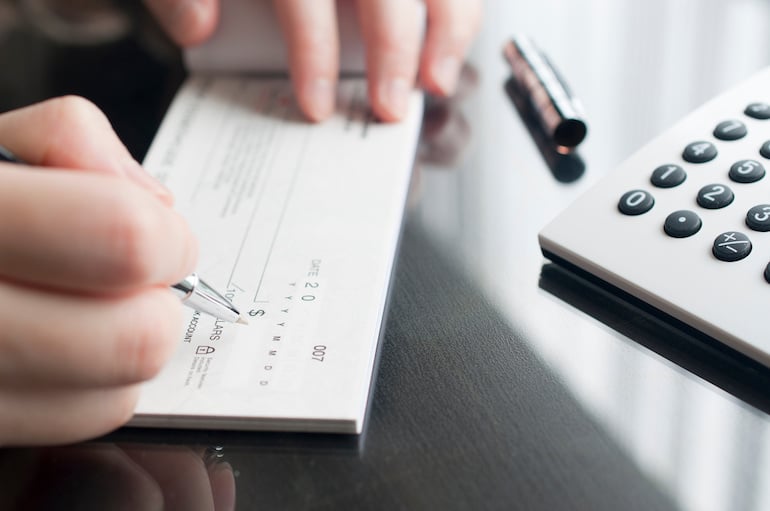Buoyed by dramatic changes in the way consumers pay for goods and services, Australia’s payments processing ecosystem will be overhauled based on a new strategic plan that includes the phasing out of cheques and full transition to the New Payments Platform (NPP).
The newly launched Strategic Plan for Australia’s Payments System – developed through consultation with regulators, industry, consumers and business representatives and feedback to a previous consultation paper – “outlines the government’s vision for the sector,” Treasurer Jim Chalmers said in laying out a broad reform agenda built around the key principles of trustworthiness, accessibility, innovation, and efficiency.
The strategy is built on five key pillars including improving resilience against scams, fraud, and cyber attacks; promoting industry collaboration and competition to reduce small business transaction costs; supporting broader use of Digital ID and the Consumer Data Right (CDR) framework; and embracing fintech innovations such as seamless cross-border payments and a central bank digital currency (CBDC).
It also includes a seven-year plan to phase out cheques, which now comprise just 0.2% of non-cash payments and are becoming increasingly expensive to maintain.
The COVID-19 pandemic accelerated the shift from in-person shopping and physical forms of payment to online shopping and digital payments using a broad range of cards and devices.
“New digital products are changing the way we make payments and the way businesses provide payment services,” Chalmers said.
“The Government is acting to ensure Australia’s payments system remains fit-for-purpose now and into the future.”
Among the many changes outlined in the new strategy are the complete transition away from longstanding batch-based payment clearing systems – which could take hours or days to process some transactions – to the NPP, which was introduced in 2018 to provide near real-time settlement through services such as PayID and 24/7 funds transfer service Osko.
Chalmers also issued a new Statement of Expectations – which updates the Australian Prudential Regulation Authority (APRA) mission statement with measures including increased transparency and adoption of climate reporting standards – and invited feedback on proposed regulatory reforms and the licensing of payment service providers.
Mobile payments explode
Reform is long overdue, said Airwallex director of strategy Amelia Hamer, who warned that “Australia is already as much as 10 years behind the United Kingdom and Singapore in delivering a fit-for-purpose regulation system for payments businesses.”
“Australia needs a regulatory regime for the payments sector that works for small and medium businesses and consumers, not just the big banks,” she said, calling the current system an “anti-competitive and outdated” service that “has entrenched the power of the banks to continue excessive charging and under-servicing Australian businesses and consumers.”
Australian Banking Association (ABA) CEO Anna Bligh called the reform “a long overdue overhaul of the payment arteries that drive the Australian economy.”
“Payments are the lifeblood of our economy, but Australia is currently using a 60-year-old system for many everyday consumer and business payments,” she said.
The changes come as figures show Australians are ditching conventional payments in droves, with 38% of Australians reportedly leaving wallets at home last year – twice the percentage in 2019 – and paying with smartphones or smartwatches.
With 15 million registrations as of 1 May, PayID has grown dramatically and now accounts for 20% of all payments.
A newly released ABA-Accenture report showed that cards are now being used for 75% of payments – up from just 26% back in 2007.
Use of mobile wallet apps, in particular, has exploded in recent years with 15.3 million cards registered to mobile wallets last year – up from around 2 million cards five years ago.
Consumers used mobile wallets for 2.4 billion purchases worth $93 billion last year, up from 29.2 million transactions worth $746 million five years ago.
With an average of nearly 500 cashless payments per person each year, “Australia has witnessed a phenomenal shift in customer banking and payment preferences in recent years,” said Bligh, with Australians “at the forefront of adopting cashless payment methods.”
“As customers increasingly shop, pay, or are paid digitally, they also expect their banking and payment services to be available digitally in a format that is convenient, fast, cost-effective and secure…. It’s clear these recent technology leaps are now permanent consumer preferences.”
- This story first appeared on Information Age. You can read the original here.




















Trending
Daily startup news and insights, delivered to your inbox.